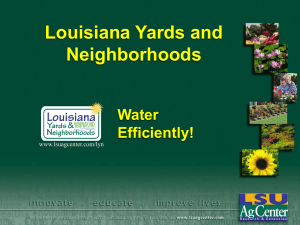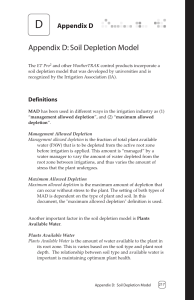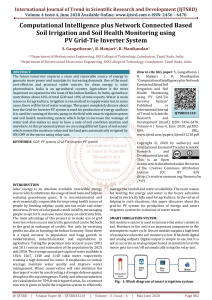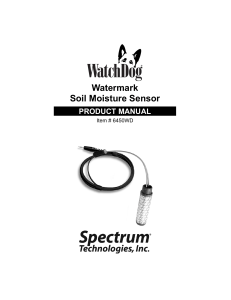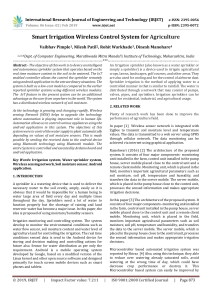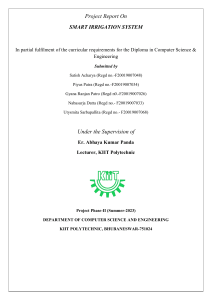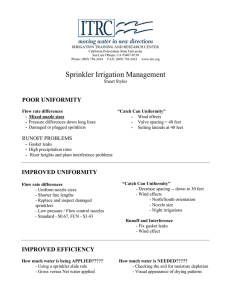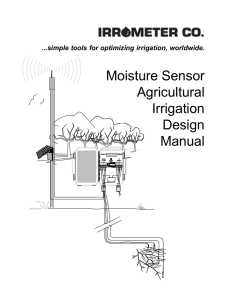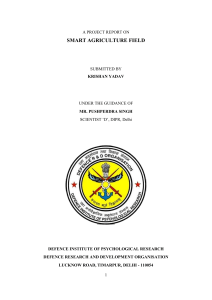Irrigation Challenges and Solutions
advertisement
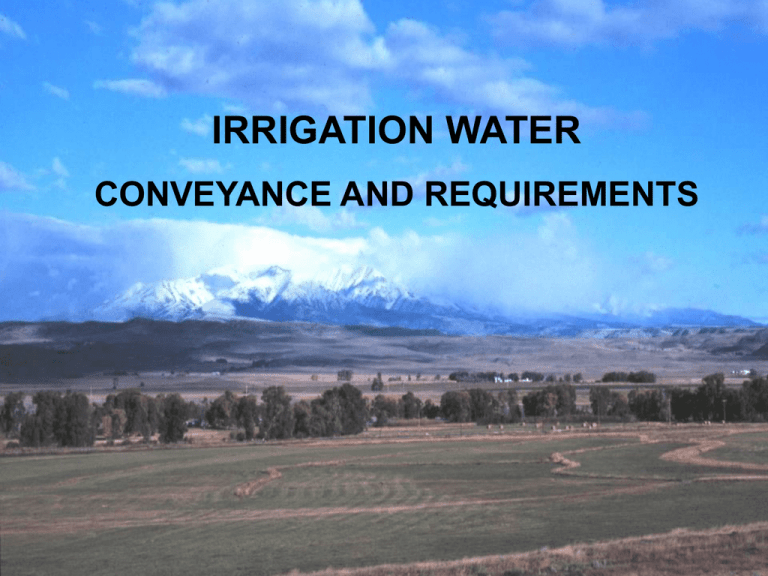
IRRIGATION WATER CONVEYANCE AND REQUIREMENTS WHAT HAPPENS AFTER DIVERSION? ? ? ? ? ? ? ? THE REAL WORLD VIEW DITCH AND CANAL LINERS PIPE FLOW BY GRAVITY OR PUMPS CROP SEED PRODUCTION Apply water to meet the crop needs HAY PRODUCTION EFFECTIVE ROOT ZONE ROOT DEVELOPMENT AND SOIL LIMITATIONS MODIFIED ROOT DEVELOPMENT 50% 33% 17% 0 EFFECTIVE ROOT ZONE HIGH WATER TABLE LIMITS ROOT DEVELOPMENT ONE SIZE DOES NOT FIT ALL!!! WE OFTEN USE THE METHOD THAT SEEMS MOST FAMILIAR EVEN WHEN THERE ARE BETTER WAYS TO DO IT. APPLICATION METHODS MANAGEMENT IS THE ESSENTIAL REQUIREMENT WATER MEASUREMENT TOO MUCH WATER MAY CAUSE Inflow Source Runoff and sediment loss Tail Ditch NWISRL Kimberly, ID TOO MUCH WATER IN ANY SYSTEM Poor Design, Soil & Landscape Variability, Application Rate, etc. Can Create Problems NWISRL Kimberly, ID MAY LEAD TO OTHER PROBLEMS OVER IRRIGATION AND EROSION Adequate soil moisture monitoring SEASONAL USE AT SOIL DEPTHS 2003 0 centibars -20 Field Capacity -40 -60 -80 March April May June July August -100 Sensor 1 - 6 inches Sensor 2 - 18 inches September October GRASS HAY - POTOMAC – MISSOULA COUNTY Sprinkler Efficiency Overview • NRCS NATIONAL IRRIGATION GUIDE (Table 6-4) – Periodic move lateral 60-75% – Traveling sprinkler (big guns) 55-65% – Center pivot - standard 75-85% – Linear (lateral) move 80-87% – LEPA Center pivot or linear 90-95 GROSS Vs NET REQUIREMENTS The Gross application is that amount applied over the whole area to get the Net amount in to the soil where it can be used by the plant. • To obtain a 1inch NET application with a 50% efficient system one must apply 2 inches. • A 75% efficient system would need to apply a 11/3 inch Gross to get the same 1 inch NET. EFFECT OF LIGHT APPLICATIONS 2003 SHALLOW APPLICATIONS 0 -10 -20 Field Capacity centibars -30 DATA BREAK -40 -50 -60 -70 -80 -90 LOWER SOILS NOT IRRIGATED April May June July August September -100 Sensor 4 - 6 inches Sensor 5 - 18 inches Sensor 6 - 30 inches October 14.8 in. 12.7 in. SOMETIMES WE MAKE THINGS HARDER THEN NECESSARY SUMMARY • Conveyance losses (control limits, evaporation, leakage, etc.) reduce the amount of H2O taken from a source that is available for application to the field. • Application losses come in many forms: – – – – Weather – Wind, heat, humidity, evaporation, etc. Soils – Intake limits, water holding capacity effects System – Uniformity, leaks, maintenance effects Management – Flow controls, Time limitations, & lack of Measurements of Flow rate and Soil Moisture • The remaining water getting to the root zone is what is available to the plant for growth. QUESTIONS??



